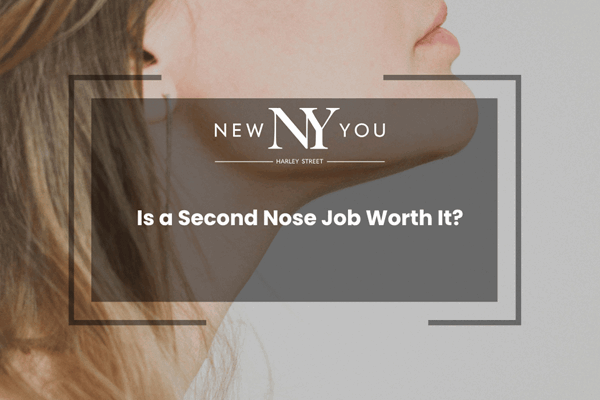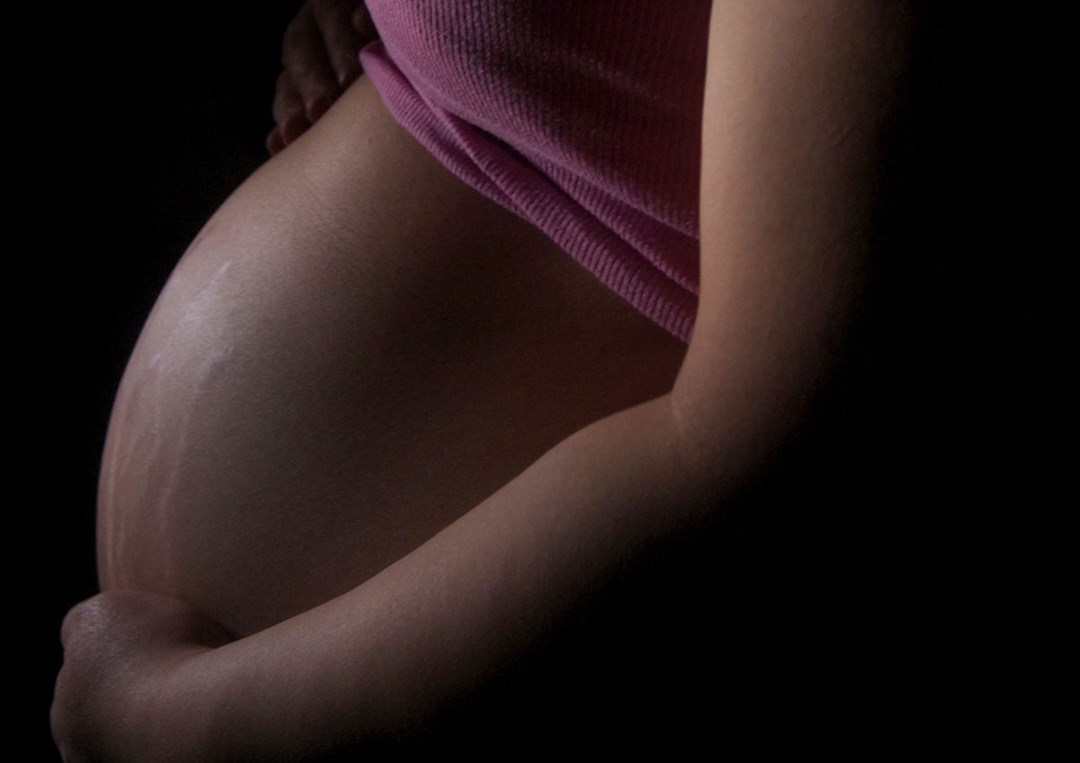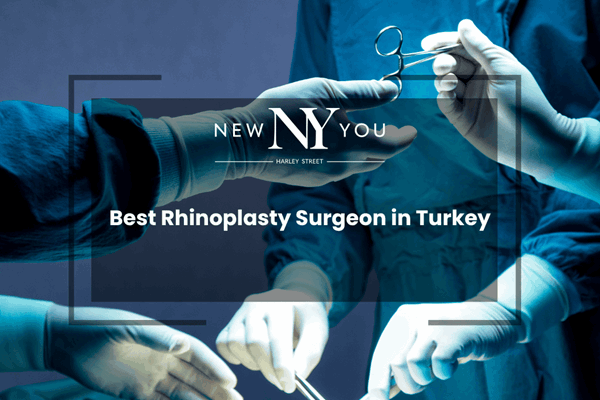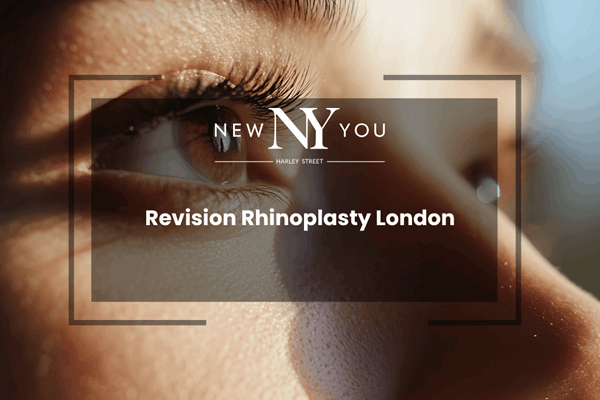Many mothers find themselves grappling with the aftermath of pregnancy and childbirth, struggling to regain their pre-pregnancy bodies. This is where the transformative power of a "Mummy Makeover" surgery comes into play. In this article, we will delve into the world of Mummy Makeovers, exploring what they entail and how they can be a lifeline for mothers seeking to restore their self-confidence and physical well-being.
Changes to Your Body During Pregnancy and After Childbirth
Breasts
The changes that occur in a woman's breasts during and after pregnancy are profound and are primarily driven by the body's preparation for breastfeeding and the hormonal fluctuations associated with pregnancy and postpartum. Let's explore these changes in detail:
During Pregnancy:
- Breast Enlargement: One of the earliest signs of pregnancy is breast enlargement. Hormones, primarily estrogen and progesterone, cause the mammary glands to grow, preparing the breasts for milk production.
- Tenderness and Sensitivity: Increased hormone levels can make the breasts more sensitive and tender. This sensitivity can persist throughout the first trimester and may continue as the pregnancy progresses.
- Nipple Changes: The areolas (the darker area around the nipples) often become darker and larger in preparation for breastfeeding. Additionally, small bumps on the areolas, known as Montgomery's tubercles, may become more prominent.
- Vein Visibility: The increased blood flow to the breasts can make veins more visible, creating a network of blue and greenish lines on the breast's surface.
During Breastfeeding:
- Lactation: After childbirth, the breasts' primary function becomes milk production. Prolactin, a hormone, stimulates the mammary glands to produce milk, while oxytocin helps in milk ejection during nursing.
- Breast Fullness: The breasts can become engorged and feel full as they fill with milk. This fullness typically occurs a few days after birth and can be uncomfortable.
- Nipple Changes: Breastfeeding can lead to changes in the nipples. They may become larger and more prominent to facilitate a baby's latch. Some women experience sore or cracked nipples, which can be addressed with proper latching techniques and nipple care.
- Breast Size: The size of the breasts can fluctuate during breastfeeding. They may become larger while actively breastfeeding and return to their pre-pregnancy size once breastfeeding ends.
Post-Breastfeeding and Postpartum:
- Breast Involution: When breastfeeding ends, the breasts undergo a process called involution. They gradually return to their non-pregnant state. This process can lead to loss of breast fullness and changes in appearance.
- Stretch Marks: Some women may develop stretch marks on their breasts during pregnancy, which can fade over time but may not disappear completely.
- Sagging: Pregnancy and breastfeeding can contribute to breast sagging, known as ptosis. This is due to the stretching of the skin and ligaments that support the breasts. The degree of sagging varies among women.
- Size Changes: Breast size may change after breastfeeding, and breasts may not return to their pre-pregnancy size. Most women experience a decrease in breast size, while few may maintain a larger size.
- Nipple Changes: Nipples may also change in appearance after breastfeeding, and some women may notice a loss of breast sensation.
It's essential to recognize that these changes are entirely natural and a part of the body's adaptation to pregnancy and motherhood. While some women may experience more significant changes than others, every woman's breastfeeding and postpartum journey is unique. If you have concerns about the changes in your breasts during or after pregnancy, consider consulting a healthcare provider or a board-certified plastic surgeon for guidance and support.
Abdomen
After pregnancy and childbirth, women commonly experience various abdominal changes which include :
- **Muscle Separation (Diastasis Recti):** The abdominal muscles may separate to accommodate the growing uterus. Diastasis recti can persist after childbirth, causing a noticeable gap between the abdominal muscles. This can result in a significant buldge being visible in the abdominal area
- **Loose Skin:** Stretching of the abdominal skin during pregnancy can lead to loose or sagging skin after childbirth. This may vary depending on factors like genetics and weight gain during pregnancy.
- **Stretch Marks:** Many women develop stretch marks (striae) on the abdomen as the skin stretches. These may fade over time but often do not completely disappear.
- **C-Section Scarring:** If a cesarean section (C-section) is performed, there will be a surgical scar on the lower abdomen. Scar appearance varies, but it can fade with time.
- **Changes in Fat Distribution:** Weight gain during pregnancy can lead to changes in fat distribution, with some women experiencing increased fat in the abdominal area.
The Essence of a Mummy Makeover
A Mummy Makeover is not a one-size-fits-all procedure; rather, it is a personalized set of cosmetic surgeries designed to address the specific needs and goals of each individual mother. Typically, a Mummy Makeover combines procedures that focus on the breasts and the abdominal area. These can include breast augmentation or reduction, breast lift, tummy tuck (abdominoplasty), and liposuction. The goal is to reverse the physical changes that occur during pregnancy and breastfeeding, helping mothers regain their pre-pregnancy bodies.
Restoring Confidence and Self-Esteem
Pregnancy and childbirth can take a toll on a woman's body. Stretch marks, sagging breasts, and loose abdominal skin are common concerns that can lead to a decrease in self-esteem and body confidence. A Mummy Makeover addresses these issues, allowing mothers to feel more comfortable and confident in their skin. This boost in self-esteem can have a ripple effect, positively impacting various aspects of a woman's life, including her relationships and overall well-being.
The Surgical Journey
The journey towards a Mummy Makeover typically begins with a consultation with a GMC registered plastic surgeon. During this consultation, the surgeon assesses the individual's specific needs and goals, helping them create a customized treatment plan. The procedures are usually performed in a single surgery, reducing overall recovery time and costs.
Breast procedures can include augmentation to restore volume, reduction for those experiencing discomfort due to overly large breasts, or a lift to correct sagging. Often a breast lift and augmentation is performed at the same time. This is called an “augment mastopexy”Meanwhile, a tummy tuck tightens the abdominal muscles and removes excess skin and fat. Liposuction can sculpt and contour areas with stubborn fat deposits.
Recovery and Results
Recovery from a Mummy Makeover surgery can vary depending on the extent of the procedures performed. Often a one night stay in hospital is needed. Generally, patients can expect some discomfort and swelling, which gradually subsides over several weeks. Most individuals can return to their normal daily activities within a few weeks, with complete recovery taking a few months.
The results of a Mummy Makeover can be truly transformative. Mothers often report feeling more comfortable in their clothing, enjoying improved self-confidence, and experiencing a renewed sense of vitality. These physical and emotional benefits can be long-lasting, making the journey of motherhood even more fulfilling.
A Mummy Makeover surgery is not about conforming to societal beauty standards but rather about helping mothers feel comfortable and confident in their post-pregnancy bodies. It offers a personalized approach to address the physical changes that can occur during motherhood, allowing women to reclaim their sense of self and well-being. While it's important to remember that every surgical procedure carries risks, when performed by a skilled and experienced plastic surgeon, a Mummy Makeover can be a life-changing experience for mothers seeking to rejuvenate their bodies and enhance their self-esteem.
Contact us
Contact us at New You Harley Street, where our mummy makeover experts, Mr. Reza Alamouti and Mr. Ertan Erel, will meet with you to plan your procedure. We understand that such surgery can be expensive, and therefore, we provide mummy makeover financing options to help you spread the cost over months or even years.
Are you considering a Mummy Makeover in the UK? We provide personalised care and support for each patient, from consultation to recovery. Contact New You Harley Street to learn more.






